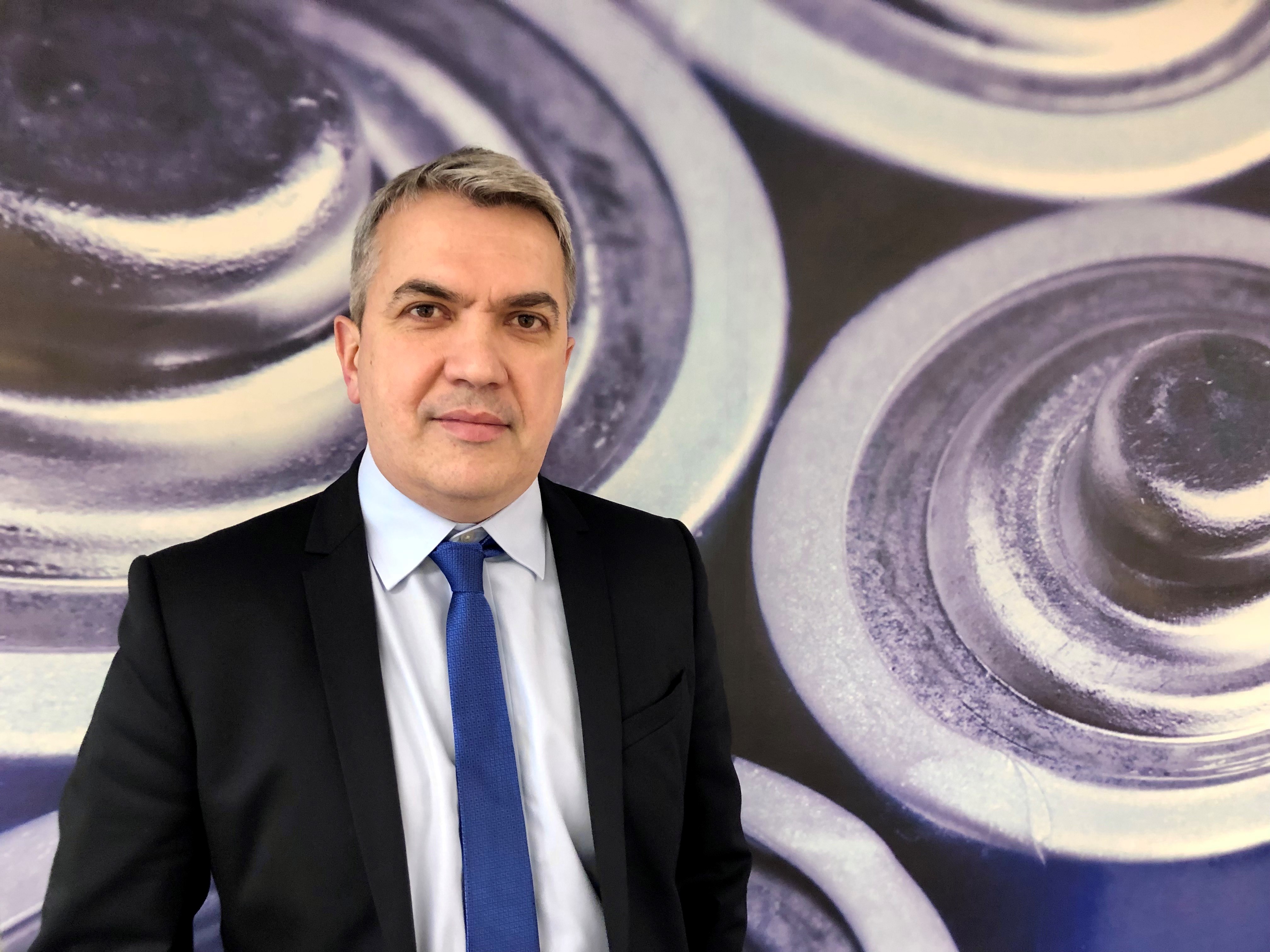
Meet the Program Director: Dr. Laurent Pilon
Dr. Laurent Pilon currently serves as a Program Director for the Advanced Research Projects Agency-Energy (ARPA-E). He comes to ARPA-E from the University of California, Los Angeles where he is a professor in the Mechanical and Aerospace Engineering Department. His area of research focused on the nexus of interfacial and transport phenomena, radiative heat transfer, and material science for the development of sustainable energy conversion, storage, and efficiency technologies.
What brought you to ARPA-E?
First, the recent fires and the major drought in California gave me a sense of urgency. It was a call to action! Second, I have spent the last 20 years working with my students and collaborators to answer scientific questions or develop very early-stage energy technologies. However, it might take a while for our efforts to make an impact in one form or another. Being a Program Director at ARPA-E offers me the opportunity to have a different, bigger, and more immediate impact. Finally, there is an ARPA-E way to formulate big problems and to find technical solutions that I really appreciate. The team at ARPA-E is so talented with such diverse expertise and experiences that it gives me the opportunity to learn from the best and grow professionally.
Can you give us an overview of your technical background?
I am originally from France where I studied physics and nuclear engineering. My education then was very much focused on careers in the energy sector and particularly in the nuclear industry. I worked for a few years on thermal hydraulics and safety of nuclear reactors. Then, I took a PhD in Mechanical Engineering at Purdue University, supported by the US Department of Energy and focused on reducing the energy consumption and greenhouse gas emissions of high temperature glass manufacturing processes. And, over the last 20 years, most of my research has focused on applying my expertise to the development of supercapacitors and batteries and photobiological fuel production and innovative materials for waste heat energy harvesting and energy efficient buildings.
How have your past professional experiences informed your understanding of current energy issues?
My past professional experiences as a researcher and as a teacher have deepened my realization of the urgency to develop and deploy cleaner forms of energy and to decarbonize our economy. Individuals, public and private organizations, and governments around the world need to act now. The US can and should lead the way.
First, solar and wind energy conversion technologies are clean, cost competitive, and widely available. We should deploy them as fast as we can. Arguably the biggest challenge is that they are intermittent so, in parallel, we need to develop electrical energy storage technologies for our electricity grid.
Transportation accounts for 27% of our greenhouse gas emissions so decarbonizing that sector should be a priority. Here also, batteries combined with a clean energy grid offer a great technical solution. However, we need to do it thoughtfully without creating a mountain of battery waste and pollution. We must deliver on the opportunities offered by the EV revolution and by the electrification of everything and anticipate any unintended consequences.
What’s it been like to work at ARPA-E now that you’ve got a few months under your belt to reflect?
Contributing every day with all my colleagues at the US Department of Energy towards our country’s energy and economic security and technological leadership gives me a sense of purpose. I have enjoyed working with such a talented team of ARPA-E Program Directors, Tech-to-Market Advisors, Fellows, and support staff members. The teamwork has been very intellectually stimulating and exciting.
What new program areas or technical whitespaces are you interested in exploring?
I have been thinking hard about technologies to achieve a circular and domestic battery supply chain. I am very concerned by the quantity of batteries that are going to be produced in the next 30 years to electrify transportation and everything else. First, we lack the minerals to make every battery we need (see ARPA-E program MINER). We are trying to reduce their content of cobalt and other critical minerals. This will also reduce the price of batteries and make EVs more affordable (see EVs4ALL). Unfortunately, the batteries are going to reach their end of life at some point in the next 10-15 years and recycling alone will not be sufficient to achieve a circular supply chain. In fact, analyses suggest that recycling will not be profitable. So, what is going to happen to all those spent batteries? We need to reengineer batteries with their end-of-life in mind without compromising performance and safety. I am interested in regenerative battery materials and methods that can prolong the life of batteries. I am also looking at design and manufacturing methods that can make batteries swappable, serviceable, and upgradable, as well as easily disassembled, reused, and remanufactured. This way, we will be able to achieve a domestic and circular battery supply chain and make recycling profitable.
What do you hope to accomplish during your tenure at ARPA-E?
I hope to shine light on significant but overlooked energy challenges and then develop a community of researchers and of small and large companies that can develop technical solutions to these challenges and pursue economic opportunities. Achieving a circular and domestic battery supply chain is one of these challenges.
